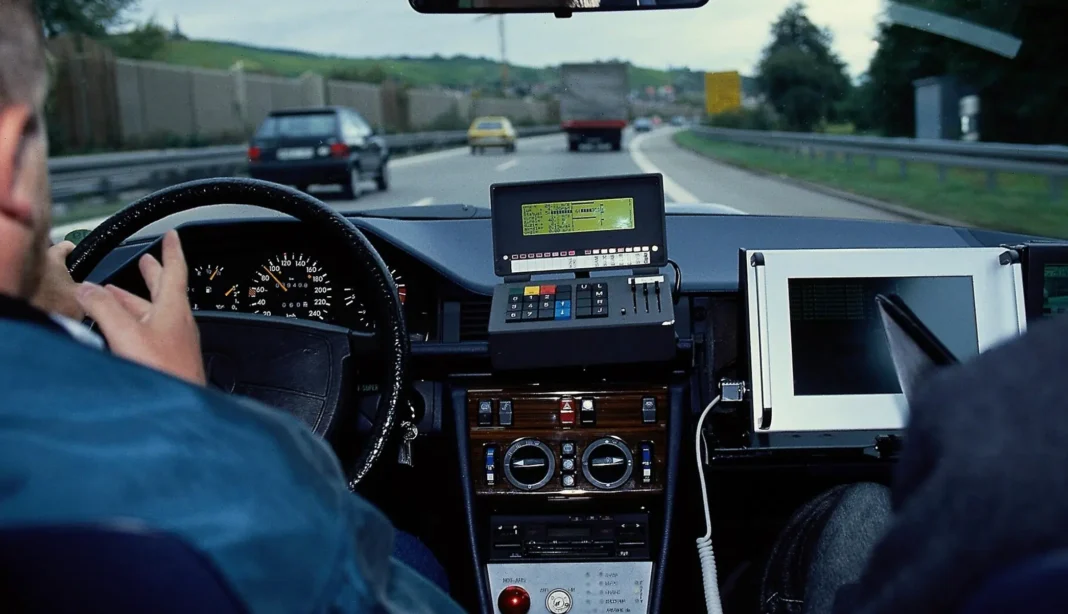Long before Tesla became the poster child for autonomous driving, Mercedes-Benz had already made a breakthrough in the field, and did so almost entirely under the radar. In 1994, during a series of road tests in Paris, Mercedes demonstrated two S-Class sedans that could drive themselves in real traffic. These vehicles weren’t science fiction; they navigated highways at speeds of up to 130 km/h, performing lane changes, overtaking, and maintaining safe distances from other cars without human intervention.

The project, known as the VaMP (Vehicle Automation with Multi-Processor system), was led by aerospace engineer Professor Ernst Dickmanns at Germany’s Bundeswehr University. It was part of a larger European initiative called EUREKA PROMETHEUS, which aimed to reduce traffic accidents and develop intelligent transport systems. Mercedes’ two prototype vehicles—named VaMP and VITA-2—were modified W140 S-Class models equipped with multiple cameras, radar systems, and advanced computer vision technology.
What’s most impressive is the level of autonomy these cars achieved in the early 1990s. Using powerful transputer processors and custom-built software, the vehicles were able to interpret road markings, track other vehicles, and even make decisions like changing lanes and adjusting speed. In one notable demo, the self-driving S-Class drove from Munich to Copenhagen—over 1,000 kilometers—with human intervention only needed at toll booths or in extreme traffic situations.
Despite this groundbreaking success, the project faded into obscurity. At the time, the computing power and sensor technology required for mass production were too costly and complex. After the PROMETHEUS project ended, Mercedes shifted its focus away from full autonomy and toward more commercially viable driver assistance systems, like adaptive cruise control and lane-keeping assist.
However, the legacy of the VaMP lives on. Many of the semi-autonomous features in today’s Mercedes vehicles, including the Drive Pilot Level 3 system recently approved in Germany and California, can trace their roots back to Dickmanns’ early work. Mercedes is now the first automaker in the world with a certified Level 3 system, enabling hands-free driving in certain conditions.
While Tesla and others may dominate today’s headlines with futuristic promises, it’s worth remembering that Mercedes quietly pioneered the technology decades ago. Their 1994 breakthrough proved that safe, high-speed autonomous driving was not only possible—it was already happening.




